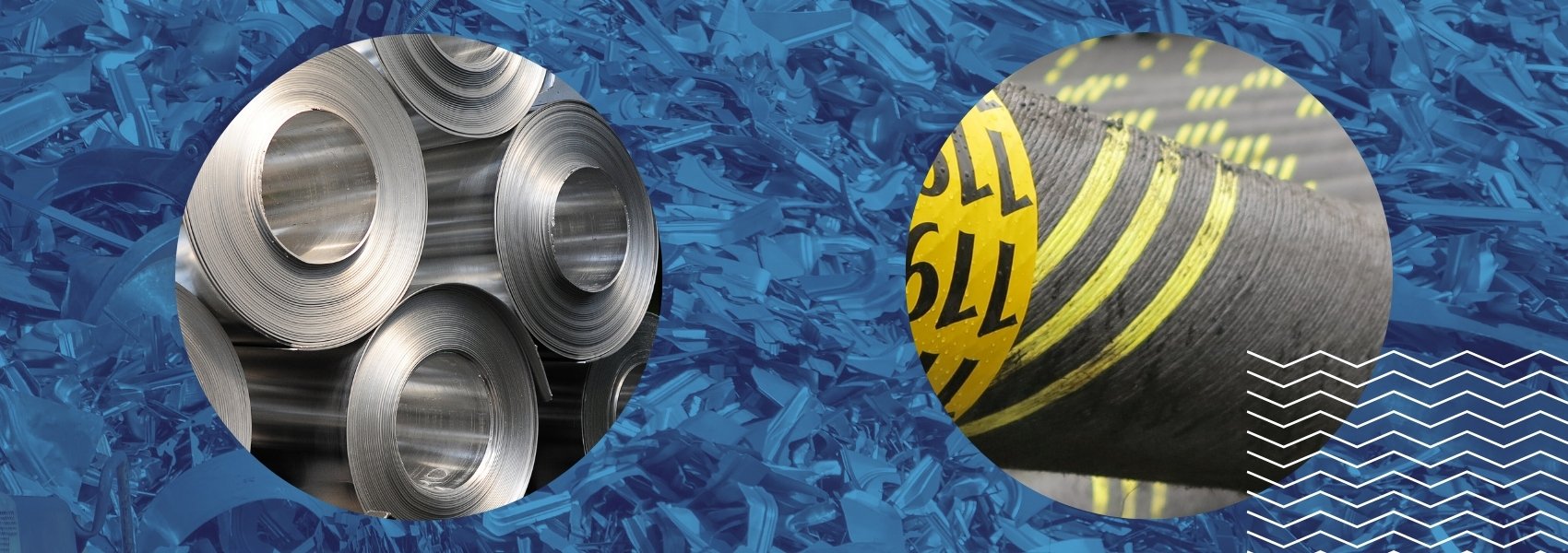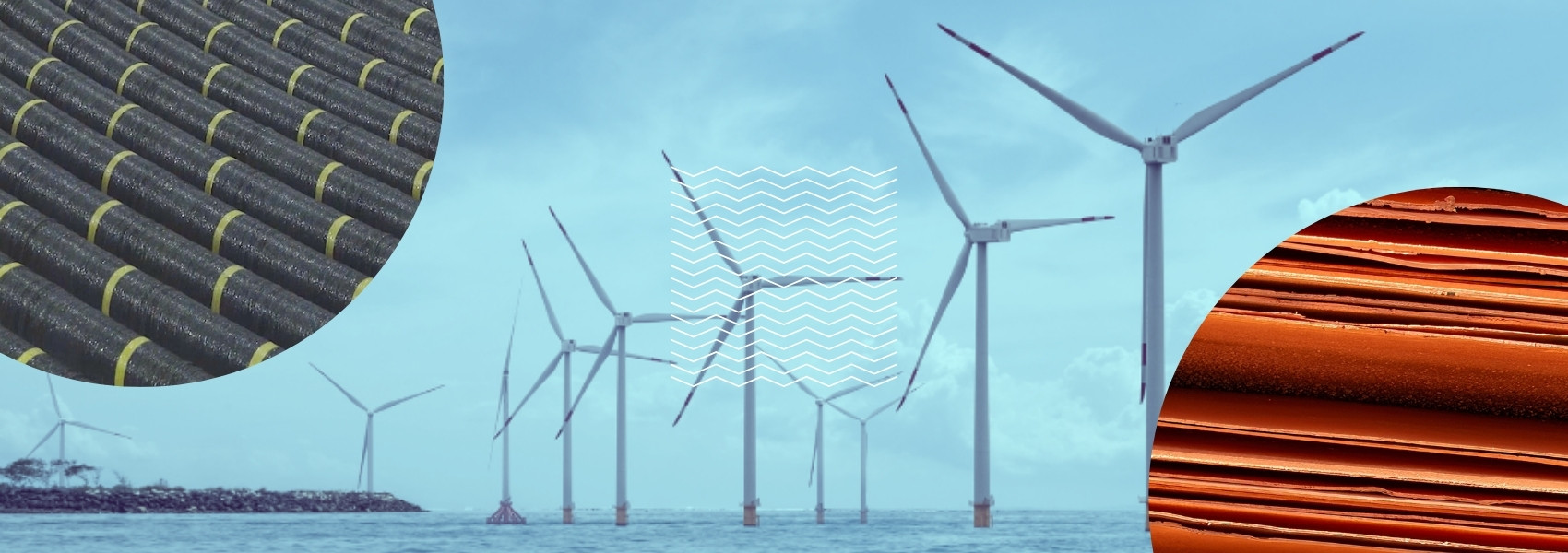Subsea cables: the need for a sustainable mindset
But first, there are two reasons why the question needs to be raised.
1. Cables’ components
The environmental footprint of the cables’ materials demands our attention. These are the obvious environmental costs it takes to electrify the future.
Above all, the conductor, which channels the electrical flow, is composed of copper or aluminum and constitutes a significant part of the overall GHG emissions of subsea cables. Much of this is due to the energy required in producing and purifying the metals, which is why it is essential to use renewable energy in the extraction process to reduce the environmental impact.
2. The importance of sustainability in a resource-constrained world
Did you know electrical wire and cable can contain up to 80% copper?
Known as ‘the metal of electrification,’ copper is paramount in the production of cables. The metal is excellent for conducting electricity efficiently: its unique properties allow for a smooth flow of electrons, which minimizes energy loss in transmission lines.
Yet, due to the growing focus on electrification, global copper demand is expected to reach 39 million tons in 2030 (compared with 13 million tons in 1995 and 29 million tons in 2020). And possibly, at the same time, it might become increasingly scarce. Furthermore: its excavation and mining come with its own social and environmental challenges. Co-existence with other industries such as fisheries as well as local communities which might be adversely affected by mining can limit access to potential resources.
Let’s now explore the solutions and innovations that are key to help us mitigate the environmental impact of subsea cables.










